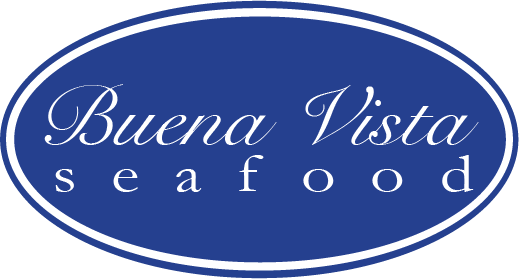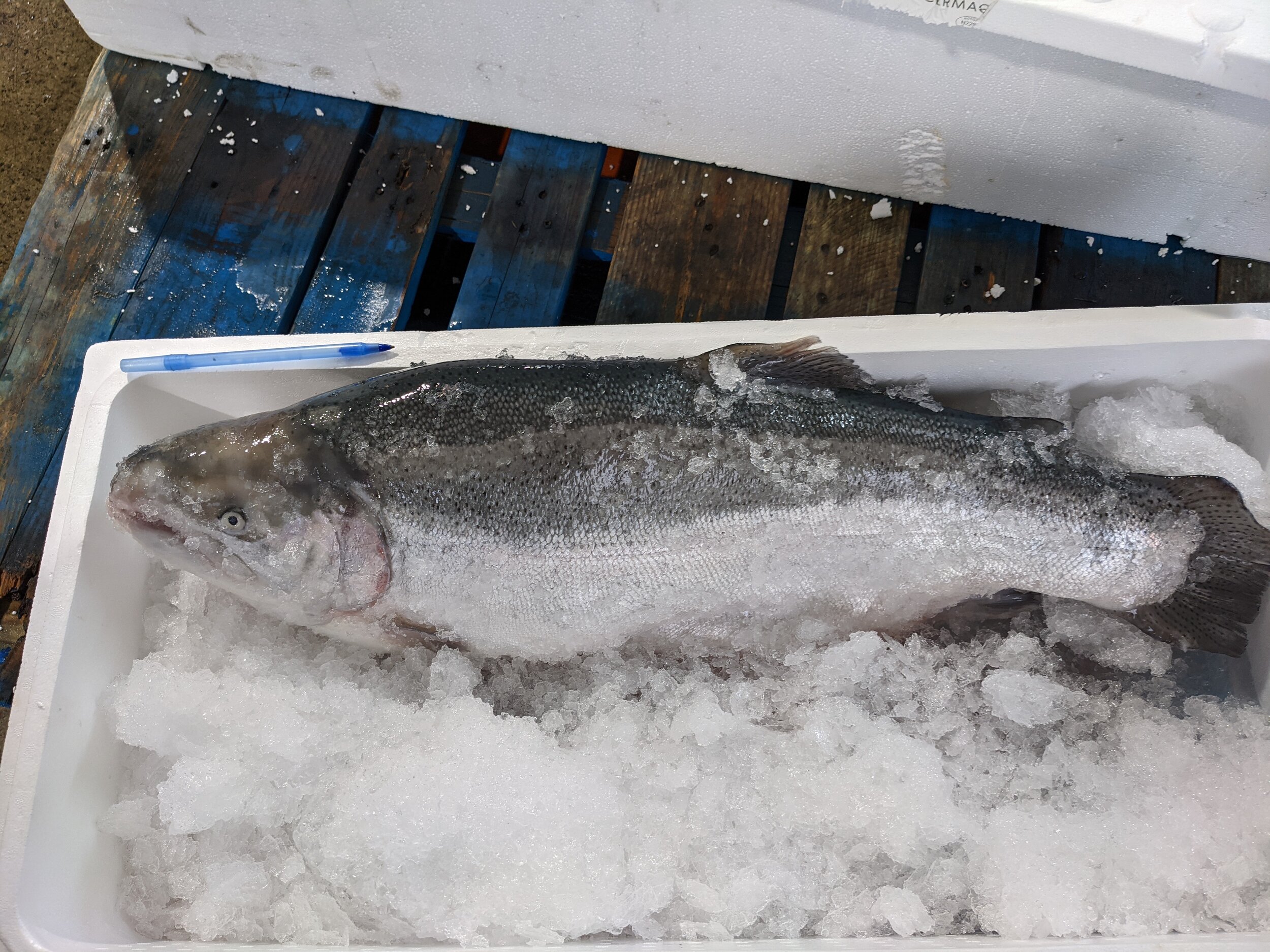Norwegian Fjord Trout
Oncorhynchus mykiss
Cold Norwegian Waters
The fish are raised in the cold waters off of Norway's west coast, just north of Bergen. Because of the cold, the fjord trout grow slowly and are allowed to develop fully. This makes them especially succulent and flavorful. This farm produced Fjord Trout exclusively and is fully integrated, meaning they have control over the fish through their whole lifecycle all the way through to processing and packaging.
ASC Certification - The farm has 5 sites, all of which are fully certified by the ASC for Fjord Trout.
No antibiotics are ever used at the farm and the fish density is very low - 97.5% water and 2.5% trout as the maximum pen density. The fjord trout farm sites are closely regulated and located in designated areas in waters with good current flows.
Family Owned - Founded in 1986
Lys i husan is a Norwegian expression meaning “lights in the house”. It is a way of acknowledging that there is a need to keep these traditional coastal communities alive and that is exactly what this farm is doing by working with people from these traditional remote, small communities.
This is a family-owned farm that was started in 1986 by then 23-year old Ola Braanaas.
Ola lived in his canary yellow campervan during construction which also served as the farm’s first headquarters.
The lifecycle of the Fjord Trout
It takes 10 days to get from egg stage to hatching. It then takes about seven to eight months to grow to 100 to 120g. Once the trout reach this size, they are transferred to ocean farms where they grow and mature to to a market size ranging from 2 to 5kg. It can take two to three years for the trout to grow.
Environmental Stewardship
While sea lice can be a reoccurring problem with salmon farms, trout farms are somewhat different. Because steelhead trout are similar to coho, they have an immune system that naturally helps protect them from sea lice. When given the choice, lice will latch on to salmon before trout due to the presence of a particular protein in the skin that seems to repel the pests. In addition, trout scales are smaller and tighter on the body making it more difficult for lice to attach. Mucus, which trout produce a lot of, also serves as sea lice deterrent. These attributes help the trout naturally resist sea lice. The farms also enlist the help of what is called functional feeds as another line of sea lice defense. These feeds promote the natural production of mucus, making conditions extremely difficult for sea lice to attach to the fish.








